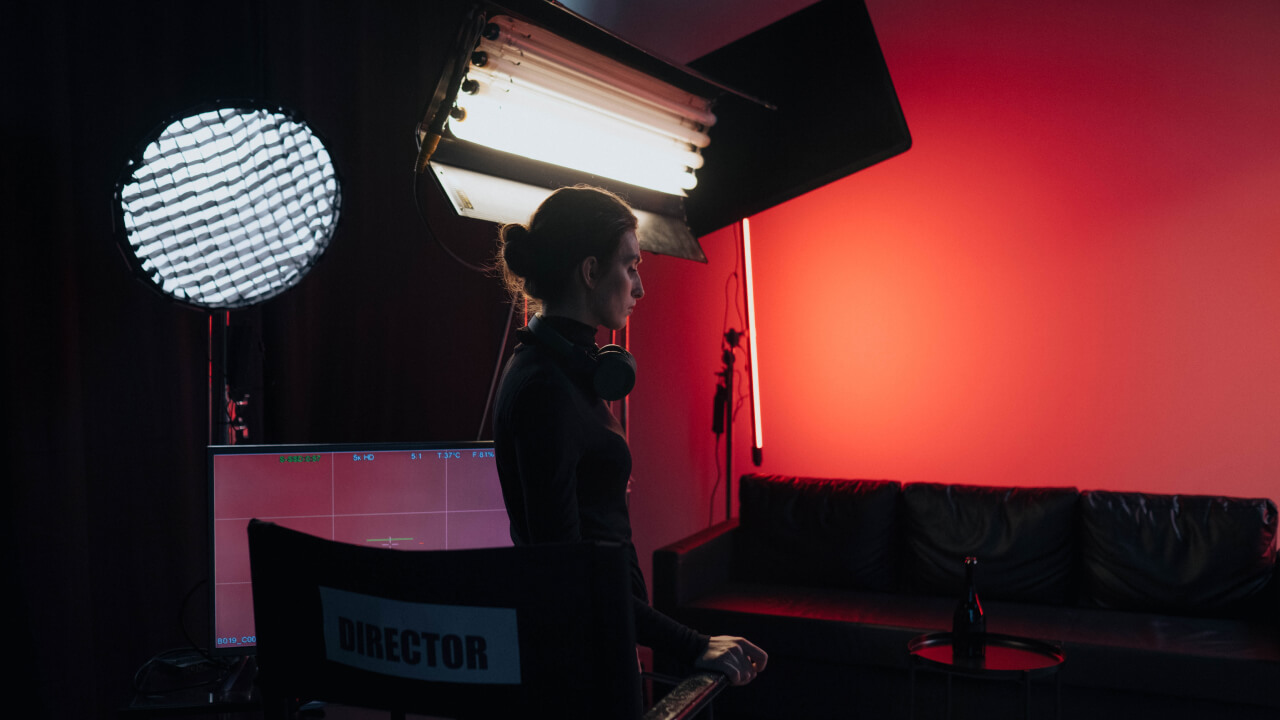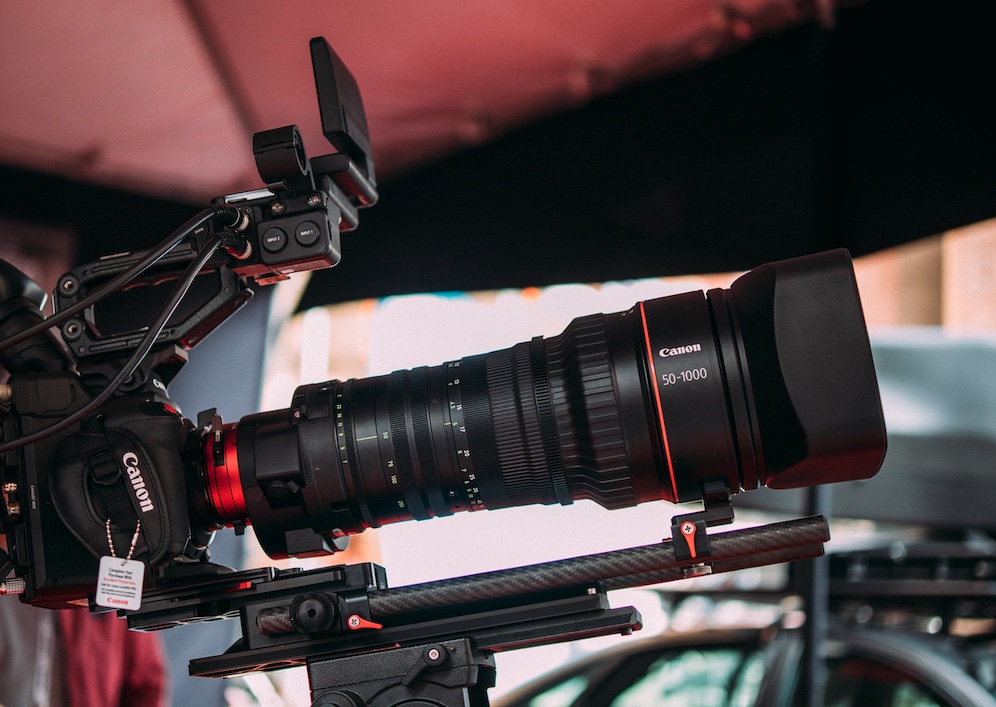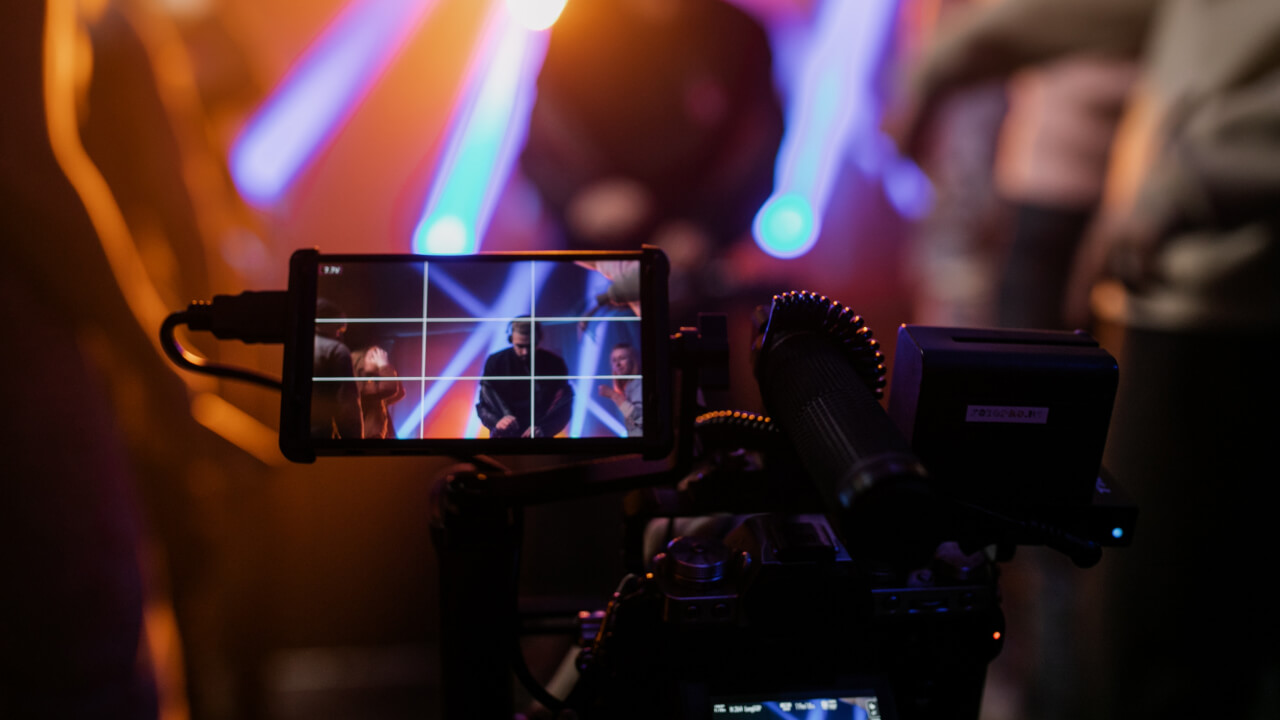The Role of a Creative Director in movies

What is the role of a creative director in movies?
The
role of a Creative Director in movies is a crucial one,
as they are
responsible for overseeing the creative aspects of a
film to ensure that
it aligns with the artistic vision and objectives of
the project. The
specific responsibilities of a Creative Director may
vary depending on
the production, but here are some common aspects of
their role:
1. Artistic Vision:
- Developing the Vision: Work closely with the director, writers, and other key creatives to develop and articulate the artistic vision of the film. This involves understanding the themes, tone, and overall aesthetic goals.
- Maintaining Consistency: Ensure that the creative elements of the film, including visual style, cinematography, and design, are consistent with the established vision throughout the production.
2. Collaboration and Communication:
- Team Collaboration: Collaborate with various departments, including production design, costume, cinematography, and post-production, to bring the creative vision to life. Provide guidance and feedback to ensure everyone is working towards the same goals.
- Communication: Effectively communicate the artistic vision to the entire creative team, ensuring a shared understanding of the goals and expectations for the project.
3. Script and Story Development:
- Script Analysis: Analyse scripts and provide creative input on how to visually bring the story to life. This may involve suggesting changes to enhance the visual storytelling elements.
- Storyboarding: Work with storyboard artists to visualize key scenes and sequences, helping to plan the composition and framing of shots.
4. Visual Design and Aesthetics:
- Production Design: Collaborate with the production designer to develop the visual style of the film. This includes decisions on sets, props, and overall visual aesthetics.
- Costume Design: Provide input on costume choices to ensure they align with the characters and overall visual style.
- Cinematography: Work with the director of photography (DP) to establish the visual language of the film, including camera angles, movement, and lighting.

5. Creative Problem-Solving:
- Adaptation: Be prepared to adapt creative plans as production unfolds, addressing challenges and finding innovative solutions to ensure the artistic vision is maintained.
- Decision-Making: Make key creative decisions, often in collaboration with the director, to address challenges or changes in the production process.
6. Post-Production Oversight:
- Editing: Work closely with the editor to ensure that the final edit aligns with the established creative vision. This may involve providing input on pacing, visual effects, and sound design.
- Colour Grading: Collaborate on the colour grading process to achieve the desired look and mood for the film.
7. Promotion and Marketing:
- Trailers and Promotional Material: Contribute to the creative direction of trailers and other promotional materials to effectively represent the film to the audience.
- Public Relations: Participate in promotional activities and engage with the media to communicate the creative aspects of the film.
In summary, the Creative Director in movies is responsible for guiding and overseeing the artistic and creative elements of the production, working closely with various departments to ensure a cohesive and visually compelling final product. Their role is crucial in bringing the director's vision to life and ensuring that the film meets its creative objectives.


